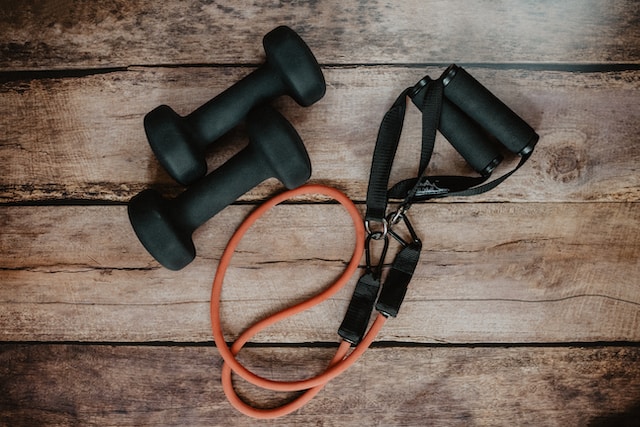Exercise is one of the best things you can do for your health. It can help you lose weight, reduce your risk of chronic diseases, and improve your mood and mental health.
We looked at just a few of the ways Americans can proactively reduce the risk of cancer and other diseases linked to lifestyle choices. Talk to your healthcare provider to learn more about ways to safely work physical activity into your day. Start with a long walk or a light run and remember that every step and every mile makes a difference.
Exercise and Cancer
There is a strong body of evidence that exercise can help reduce the risk of cancer. In fact, the American Cancer Society recommends that adults get at least 150 minutes of moderate-intensity aerobic activity or 75 minutes of vigorous-intensity aerobic activity each week.
Some of the ways that exercise can help reduce the risk of cancer include:
- Lowering insulin levels: Insulin is a hormone that helps the body use glucose for energy. High insulin levels have been linked to an increased risk of cancer. Exercise can help lower insulin levels, which may help reduce the risk of cancer.
- Increasing levels of antioxidants: Antioxidants are substances that help protect cells from damage. Exercise can help increase levels of antioxidants in the body, which may help reduce the risk of cancer.
- Strengthening the immune system: The immune system helps the body fight off disease. Exercise can help strengthen the immune system, which may help reduce the risk of cancer.
Exercise and Cardiovascular Disease
Cardiovascular disease is a leading cause of death in the United States. Exercise can help reduce the risk of cardiovascular disease in a number of ways, including:
- Lowering blood pressure: High blood pressure is a major risk factor for cardiovascular disease. Exercise can help lower blood pressure, which may help reduce the risk of cardiovascular disease.
- Lowering cholesterol levels: High cholesterol levels are another major risk factor for cardiovascular disease. Exercise can help lower cholesterol levels, which may help reduce the risk of cardiovascular disease.
- Strengthening the heart: Exercise can help strengthen the heart, which may help it pump blood more efficiently. This can help reduce the risk of heart disease.
- Improving circulation: Exercise can help improve circulation, which can help prevent blood clots. Blood clots can block blood flow to the heart or brain, which can lead to a heart attack or stroke.
Exercise and Mood
Exercise can also help improve mood and mental health. Some of the ways that exercise can help improve mood include:
- Releasing endorphins: Endorphins are hormones that have mood-boosting effects. Exercise can help release endorphins, which may help improve mood.
- Distracting from negative thoughts: Exercise can help distract from negative thoughts, which can help improve mood.
- Promoting relaxation: Exercise can help promote relaxation, which can help improve mood.
Exercise and Obesity
Obesity is a major risk factor for a number of chronic diseases, including heart disease, stroke, type 2 diabetes, and some types of cancer. Exercise can help reduce the risk of obesity in a number of ways, including:
- Helping you burn calories: Exercise can help you burn calories, which can help you lose weight or maintain a healthy weight.
- Boosting your metabolism: Exercise can help boost your metabolism, which can help you burn more calories at rest.
- Making you feel full: Exercise can help you feel full, which can help you eat less.
Related: Nearly 50% Of Cancer Deaths Linked to Three Factors
How Often Do Americans Exercise?
According to the Centers for Disease Control and Prevention (CDC), only about 1 in 3 adults in the United States get enough exercise. This means that most Americans are not getting the health benefits that exercise can offer.
The CDC recommends that adults get at least 150 minutes of moderate-intensity aerobic activity or 75 minutes of vigorous-intensity aerobic activity each week. They also recommend that adults do muscle-strengthening activities that work all major muscle groups on two or more days a week.
If you are not currently active, start slowly and gradually increase the amount of exercise you do each week. You can also talk to your doctor about a safe exercise plan for you.
Exercise is one of the best things you can do for your health. It can help reduce your risk of cancer, cardiovascular disease, obesity, and other chronic diseases. It can also improve your mood and mental health. If you are not currently active, start slowly and gradually increase the amount of exercise you do each week.


Leave A Comment
You must be logged in to post a comment.